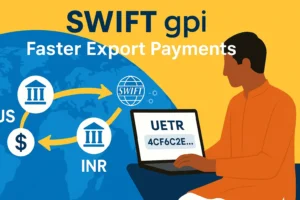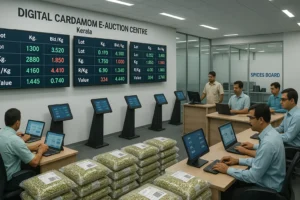When it comes to packaging, most businesses—especially startups—focus heavily on aesthetics, durability, and branding. But there’s one vital detail that often gets overlooked until it’s too late: understanding the accurate volume of the product before the packaging is finalized.
Whether you are dealing with tea packaging, spice containers, or any other form of food packaging, getting the product-to-container ratio wrong can result in serious financial and logistical problems. As someone who has personally suffered from such a mistake, I want to share my story and explain why precise volume calculation should never be underestimated.
My Packaging Mistake: A Lesson from Tea Export
A few years ago, while preparing an export consignment of Assam tea, I decided to go for premium jar packaging to make the product more appealing to international buyers. I conducted an initial volume check using the Assam tea blend that was available with me at that time. I filled the jars, took measurements, and gave the green light for bulk production of the jars.
I was confident that my actual blend will fit the jar at the time of actual packaging time.
I was assured that at the time of actual packaging, when we use a similar blend, would behave the same way in terms of volume. But I didn’t account for slight—but crucial—variations in the leaf size, cut, and density. When the actual packing began, I realized that the jars couldn’t hold the exact quantity I had planned for. Either I had to underfill the jars (which looked bad and felt unfair to customers), or I had to rework the entire packaging system.
The result? A significant financial loss, not to mention delays in delivery and damage to client trust.It was my first consignment of tea packed in jar which i accepted only on the insistence of my buyer believing in long term business.
Why Accurate Volume Assessment Is Crucial
- Different Batches, Different Densities
Even within the same tea variety—like Assam—the leaf size, moisture content, and blend density can vary slightly between batches. These small differences can have a huge impact on how the product fits inside a container. - Impact on Labeling and Compliance
If the declared weight or volume on your tea packaging doesn’t match the actual content due to miscalculation, you may run into compliance issues, especially in exports where regulations are strict. - Affects Freight and Logistics
Incorrect volume estimation can mess up your shipping plans. Whether you’re dealing with food packaging for local delivery or international shipments, every inch and gram counts in cargo space. - Customer Satisfaction and Brand Image
Underfilled jars look cheap. Overfilled ones may spill or damage the seal. Both hurt the brand image, especially if you’re trying to build a reputation as a reliable packaging company or exporter
How to Avoid This Mistake in Your Own Tea Packaging
- Test with Multiple Batches: Don’t rely on a single sample when doing volume checks. Use different batches of your product and blends to see how they behave in your chosen container.
- Consult Experts in Packaging: A good packaging company with experience in tea packing or food packaging can guide you through the right jar sizes and buffer allowances.
- Run Full-Scale Mock-ups: Before approving bulk packaging, do a full trial run—use your actual packing team and real batch blends.
- Allow for Tolerance: Always include a buffer margin in your volume calculations to accommodate natural variation in product density.
Final Thoughts
Packaging isn’t just about looks—it’s a science. And when you’re dealing with products like tea, which are light, fluffy, and naturally variable, the importance of understanding volume can’t be overstated.
Take it from someone who’s been through it: don’t make assumptions. Don’t be overconfident. Check, double-check, and test thoroughly. That small extra effort could save you thousands in losses and protect the reputation you’ve worked so hard to build.
If you’re looking for reliable packaging solutions, make sure your chosen packaging company understands your product—not just its look, but its behavior in real-world packaging conditions.





